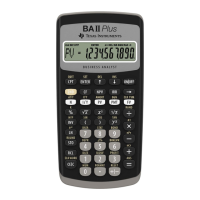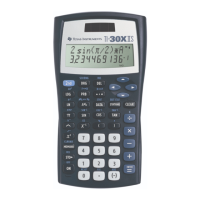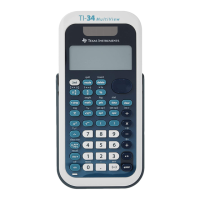Activities 746
Finding Minimum Surface Area of a Parallelepiped
Finding Minimum Surface Area of a ParallelepipedFinding Minimum Surface Area of a Parallelepiped
Finding Minimum Surface Area of a Parallelepiped
This activity shows you how to find the minimum surface area of a parallelepiped having
a constant volume
V. Detailed information about the steps used in this example can be
found in Symbolic Manipulation and 3D Graphing.
Exploring a 3D Graph of the Surface Area of a Parallelepiped
Exploring a 3D Graph of the Surface Area of a Parallelepiped Exploring a 3D Graph of the Surface Area of a Parallelepiped
Exploring a 3D Graph of the Surface Area of a Parallelepiped
Perform the following steps to define a function for the surface area of a parallelepiped,
draw a 3D graph, and use the
Trace tool to find a point close to the minimum surface
area.
3. Enter the general solution for x and apply
the constraint for
@n1 as shown.
Compare the result with Method 1.
Note: To get the with operator, press:
2[K].
1. On the Home screen, define the function
sa(x,y,v) for the surface area of a
parallelepiped.
Enter:
define sa(x,y,v)=2†x†y + 2v/x+2v/y
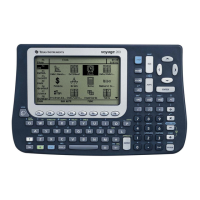
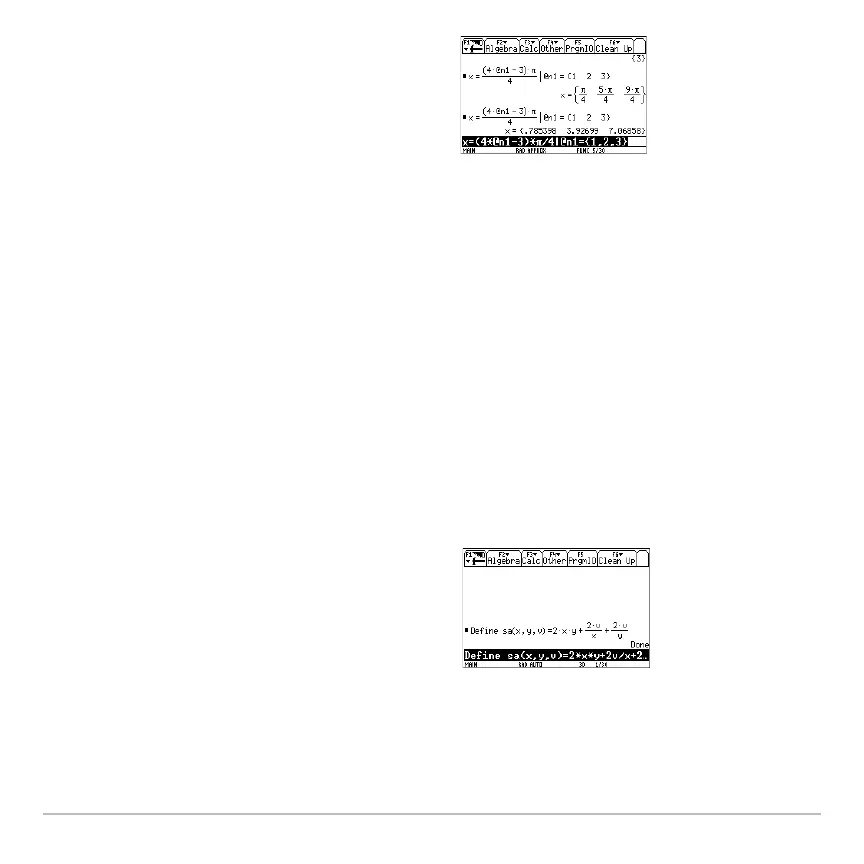